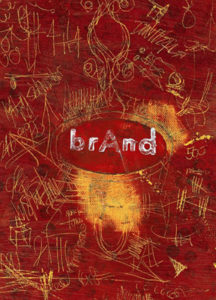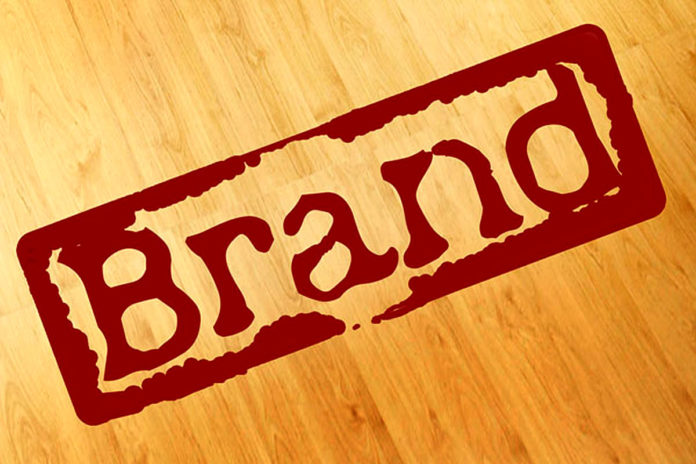
It has always been a huge deal for businesses to get people talking about their products and services. Most businesses would put aside a budget for marketing and communication yearly just to pass their key messages consistently to their target audience; so that they stay relevant and build brand affinity. Businesses through their brands are often all about building a lifetime bond with their consumers. For them, it is so much like working on a marriage, they know that if communication stops, the marriage slowly starts to die.
Today, the world of communication has evolved with the consumer’s appetite for media constantly growing. The profile of the target audience which majorly comprises a large group of Millennial and Gen Z is changing rapidly especially with the aid of technology. The consumer is now more knowledgeable and going on to create relevant content; in some cases leading thought also as influencers. The world has become more opened; the barriers taken off but still the quality of personal interrelationship scores low. The world is moving in a very fast pace and businesses must keep up. Businesses more than ever need to understand that in order to keep up with today’s consumers and stay relevant over the competition, there is a need to rise above the tide with communications that go out and spread more; in a way, making the message become viral.
What most businesses crave for when marketing and communicating is to get their key messages to be able to reach the levels of craze and virality. So how does that happen? Is it all magic or does it have a bit of science around getting a brand’s message to go viral?
Here are some rules that guide how a brand’s message can go viral:
Create Content That Connects: content today is sporadic but trust me, consumers these days go out of their way to search for content even out of the chaos. A tweet with a hashtag, a video on Youtube, or an image on Instagram will be found through a careful search. The content however must have emotional or inspirational elements that spurs from either anger, anxiety, nostalgia, humour or awe (especially awe). The content should be kept short. Pictures and videos work best. Again, the content must have some form of reference to the culture of the target audience.
Engage Influencers: appoint influential people that regularly inspire a large population of the target audience. These influencers are those set of people who own large communities of average people and regularly share information with them. Once they share relevant content that connects on an emotional or inspirational level, the conversation becomes accelerated. Social media influencers can also be very instrumental in getting a brand’s message to go viral. A social media influencer is a user on social media who has established credibility in a specific industry. They have access to a large audience also and can persuade others by the virtue of their authenticity and reach. So, if you are looking at pushing a trend or starting a teaser conversation to create buzz, trust these set of individuals to come in very useful as content propagators.
Determine The Trigger Strategy: trigger is a stimulus that keeps people sharing your content. For example, if a consumer is hungry and food porn is shared, the hunger trigger is pulled. So determine when the best time would be to share your brand’s message. Be strategic when selecting the best time during the day to start the conversations with the target audience, for instance. Determine the trigger that connects best with the target consumer and relates to your brand’s messages.
Explore The Personal And Practical Angle: once the content is creating some form of personal value for the consumer, it could go viral. Content that speaks to how the consumer can gain or conserve some form of profit usually does well. How the content can be applied on a daily basis is also a strong determinant for getting the content to go viral. That is why most “do-it-yourself (diy)” videos usually become viral.
Tell Well Thought Out Stories: people love emotional and sensational stories. Stories tend to create personal pictures in our memories that stick. Once those stories are great, the consumers have no choice but to tell it. Word of mouth comes into play here and the rest is history. Messages in a story can be passed down from one generation to another…once it’s a great story. Still considering the attention span of today’s target audience, it’s best to have concise stories in whatever form as we plan to tell them.
Make It Unique: with the content; way of engaging the influencers; the stories that will be told; the message must stand out; they must be unique. They must easily be differentiated from what has been done in the past by other brands. This introduces the originality of the brand and again stirs up more interest and genuine conversations.
Work With Your Brand Loyalists: working with those who love the brand already can make the message go viral. These brand loyalists exists. They are in offices, markets, in a Facebook group, on twitter and on Instagram. Only a simple hashtag can connect them across the world. They reside in the community owned by the brand and they can be leveraged to get the brand message to go viral.
Timing: the time it takes for one person to share content with someone else also judges how the brand messages can go viral. How quickly is the content being shared and with how many people? The shorter time it takes to share the content with the most people; the faster it is to getting to that viral level.
Budget: let’s not forget that marketing and communication budget, put it to good use.
T here are a couple of global and indigenous marketing and communication campaigns that have gone viral. Whether it’s the clap back from the Nestle Milo’s advert; things #ilongthroatfor by Pepsi; share a Coke by Coca-Cola; Dove’s Choose Beautiful; Alsa’s “Ice Bucket Challenge, Always’ #likeagirl hashtag campaign or Marvel’s Black Panther, there is no doubt that these brands have evoked strong emotions and stayed original. You necessarily do not need a million dollar budget or a promotion to make your content viral. As you strive to achieve your communication and marketing goals, also keep it in mind that going viral is very much an achievable option.
here are a couple of global and indigenous marketing and communication campaigns that have gone viral. Whether it’s the clap back from the Nestle Milo’s advert; things #ilongthroatfor by Pepsi; share a Coke by Coca-Cola; Dove’s Choose Beautiful; Alsa’s “Ice Bucket Challenge, Always’ #likeagirl hashtag campaign or Marvel’s Black Panther, there is no doubt that these brands have evoked strong emotions and stayed original. You necessarily do not need a million dollar budget or a promotion to make your content viral. As you strive to achieve your communication and marketing goals, also keep it in mind that going viral is very much an achievable option.
Nosa Emma-Iyamu, Assistant Consultant, Quadrant MSL, is a hard-working, skilled communications strategist with a keen eye for analysis, planning and implementation. He is committed to ongoing development, passionate about brand strategy and completely intrigued by the ever changing dynamics of today’s consumers. On the lighter side, he’s a lover of good movies, music and superheroes.




























